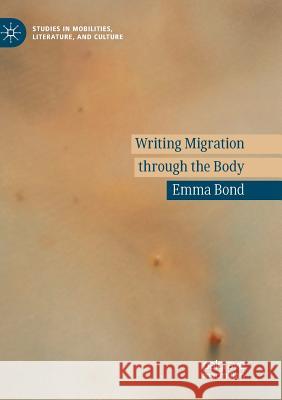Writing Migration Through the Body » książka
topmenu
Writing Migration Through the Body
ISBN-13: 9783030073923 / Angielski / Miękka / 2019 / 283 str.
Kategorie:
Kategorie BISAC:
Wydawca:
Palgrave MacMillan
Seria wydawnicza:
Język:
Angielski
ISBN-13:
9783030073923
Rok wydania:
2019
Dostępne języki:
Numer serii:
000838903
Ilość stron:
283
Waga:
0.36 kg
Wymiary:
21.01 x 14.81 x 1.6
Oprawa:
Miękka
Dodatkowe informacje:
Wydanie ilustrowane











